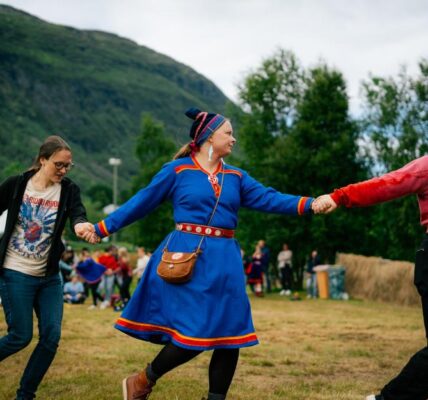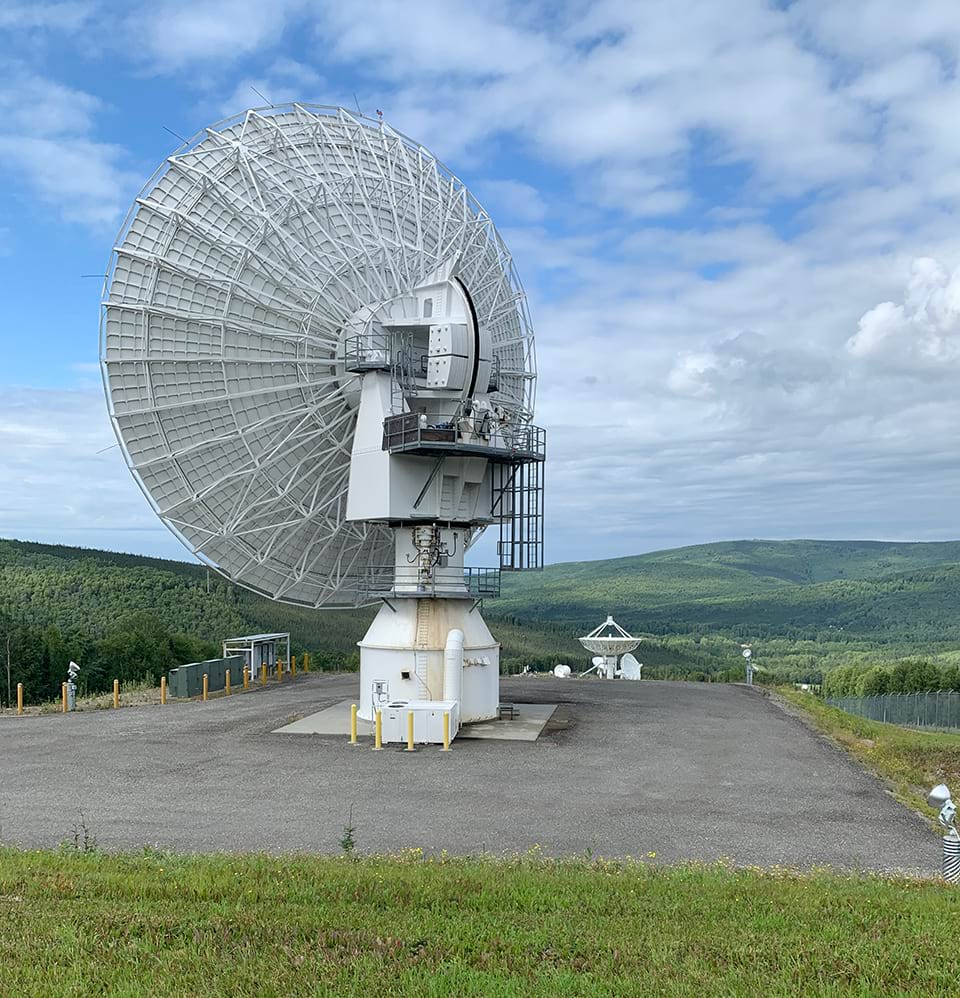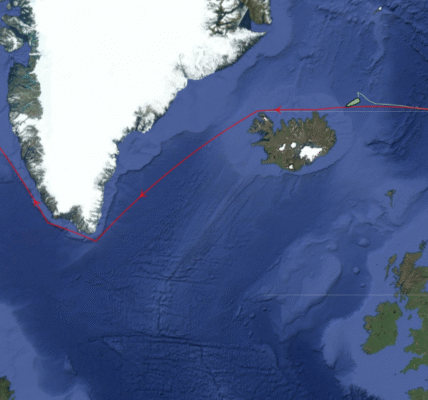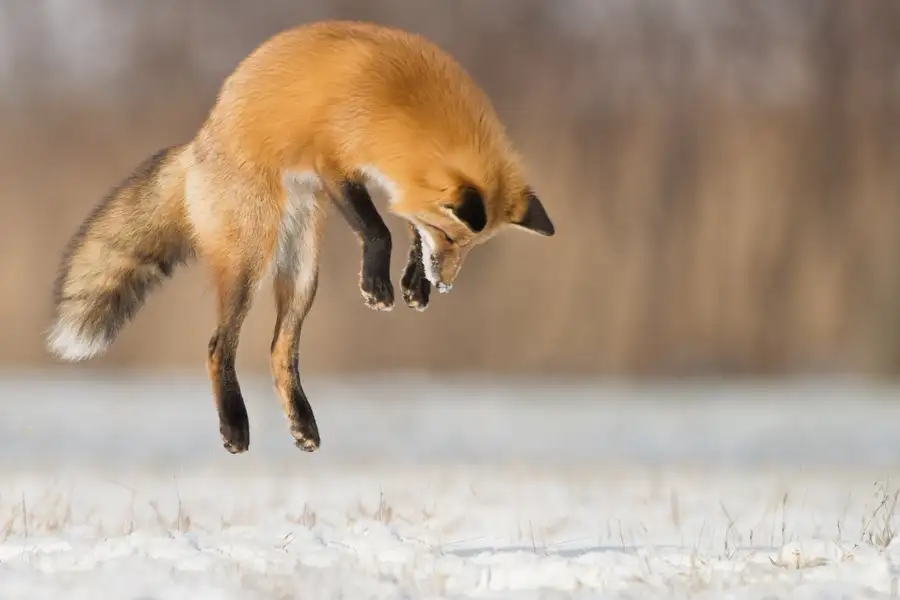While the region is promising, there are many hidden barriers to growth.
Greenland has more than 60 settlements for its 57,000 people. But my favourite statistic about the vast Arctic island is that no two of those settlements are joined by road.
The Arctic, as everybody from US President Donald Trump down has figured out, is a huge opportunity with most of the critical minerals and resources the west needs (and that, currently, really only China has).
But it is equally a massive challenge with most of those minerals locked away either under ice or far from existing settlements. So infrastructure in the far north will be crucial to the development of the Arctic. For every mine in Greenland, roads, housing, a port and more is likely to be needed.
“We know it’s not easy to access Greenland. Our nature is harsh, and we live in the Arctic. The infrastructure level is not high. But we have many of the solutions for renewable energy and green growth,” Vivian Motzfeldt, Greenland’s foreign minister, told me.
The potential for western businesses is high — but the risks are sizeable too. At an Arctic conference in Iceland last week executives from Europe, the US and Canada in particular grappled with some of the dilemmas. Their response will determine just how quickly and successfully the Arctic is developed.
Rob Gillam is the chief executive of one of the few Arctic-only fund managers, McKinley Management in Alaska. He says the conditions are there for “a sharp uptick in investment in infrastructure” but a boom is far from guaranteed. “Outsiders bringing money won’t be successful without deep local engagement,” he adds.
Trump has put a heavy focus on infrastructure in Alaska, unblocking a long-proposed but much-delayed road project seen as vital to transport minerals while the first deepwater port in the US Arctic is expected to start construction soon.
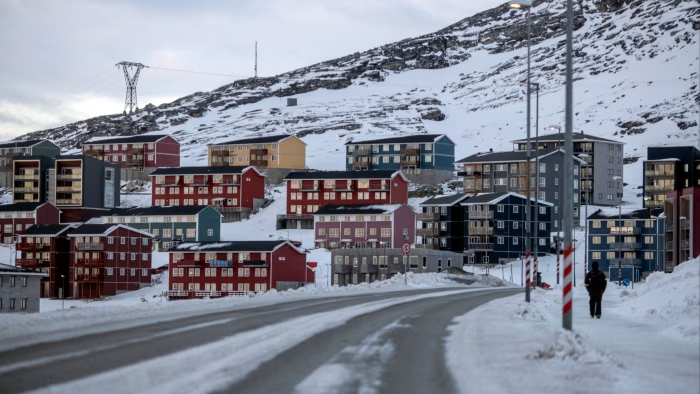
But Gillam sounds a cautionary note, stressing that there are many hidden barriers to growth in the Arctic such as a limited number of dumper trucks needed to transport the gravel that underpins just about every construction project.
Building the infrastructure normally takes specialist equipment and expertise that scarcely exists in the remote locations of the Arctic, providing unexpected spin-off opportunities for those leading the way.
Amaroq, a UK and Canadian-listed minerals group, recently opened up one of Greenland’s first mines and is now offering its drill rigs and infrastructure building experience to others trying to set up there. Progress is still slow, with miners often blaming the harsh environment.
Paul Gibbs, chair of global business development at Bechtel, says that he and others at the US construction group were surprised to find they had done more than 100 projects north of the Arctic Circle. He says that protecting both the environment and local communities, often tiny by non-Arctic standards, are vital.
“Building infrastructure in extreme and remote cold climates requires careful design and selection of materials, appropriate and seasonal construction execution methods, and thoughtful logistics to ensure confident delivery,” he adds.
All involved say that engaging with local populations is vital. But many of the problems with existing projects stem exactly from this.
Sámi reindeer herders in both northern Norway and Sweden have complained bitterly about both wind farm and mining projects disturbing grazing areas, leading to charges of “green colonialism” — businesses using climate change to hurt indigenous people.
Sara Olsvig, chair of the Inuit Circumpolar Council, says that more than half of known deposits for critical minerals needed for the energy transition are “on or near the lands of indigenous people”. She adds: “If you look at the mineral sector, it bears a terrible track record of human rights’ violations, of forced relocations, of deforestation, of land-grabbing. So we are facing a huge challenge.”
The risk — as seen with Trump’s rhetoric on taking control of Greenland from Denmark, potentially by force — is that outsiders try to dictate the terms. But, as with Trump, that is no guarantee of success. Operating in such remote locations needs local expertise. “You have to be aware of the cultural nuances and indigenous sensitivities of the Arctic, which are unusual and unlike other places,” says Gillam.
How miners and other businesses approach that could well decide if the Arctic is more opportunity or challenge in the next decade.
Source – https://www.ft.com/content/38a701df-cf4c-4e8d-aa05-b81f4d96bc0b
